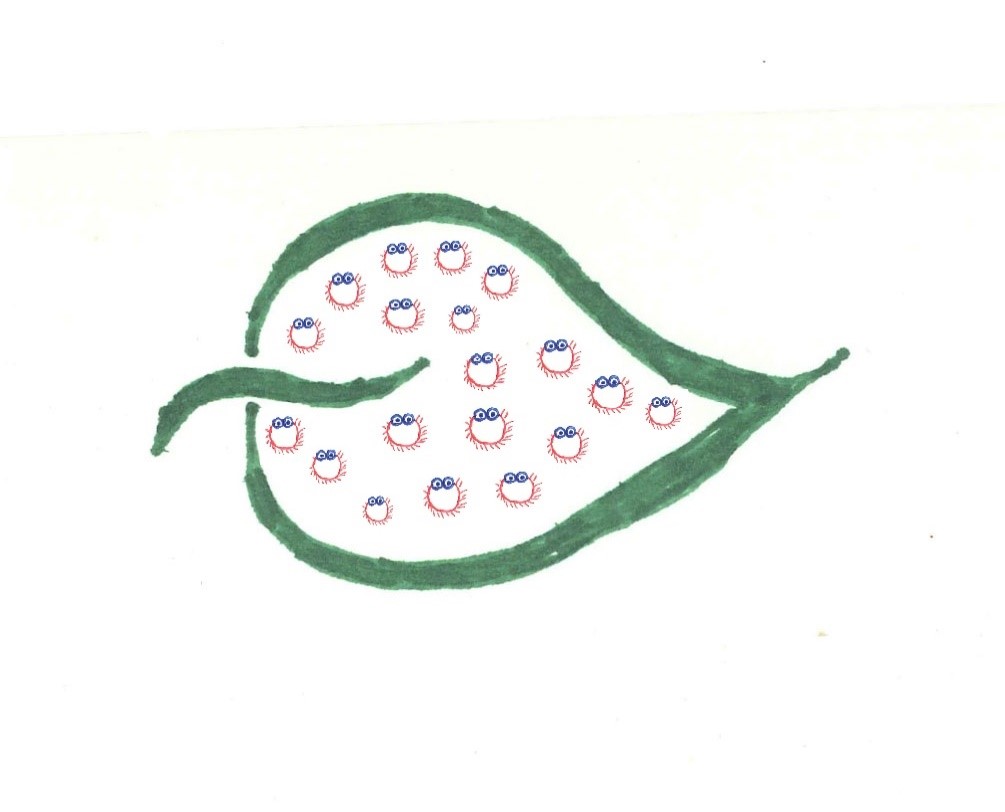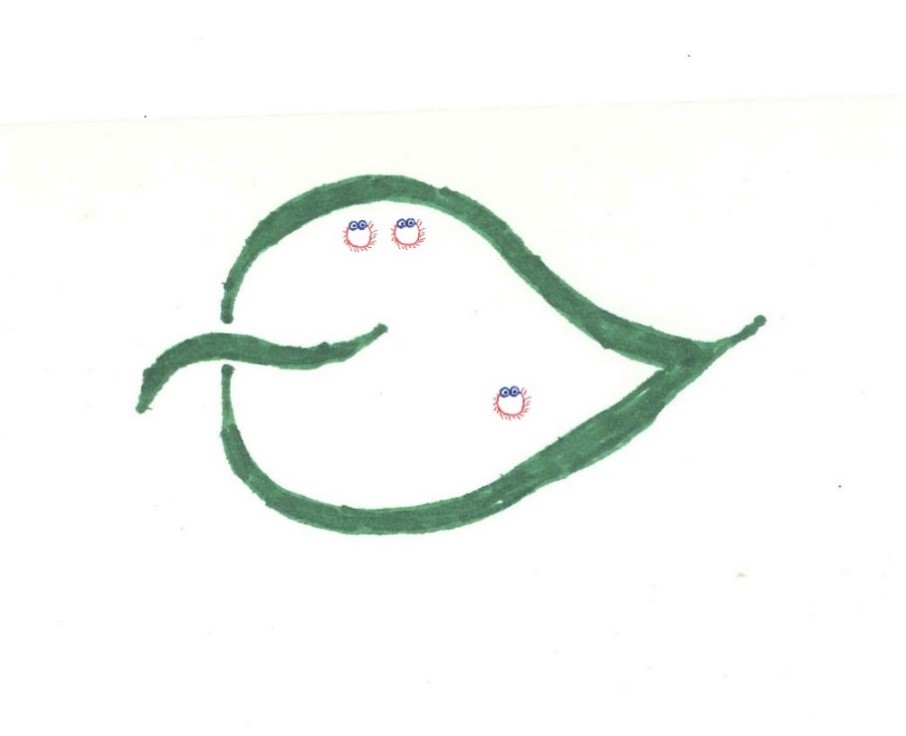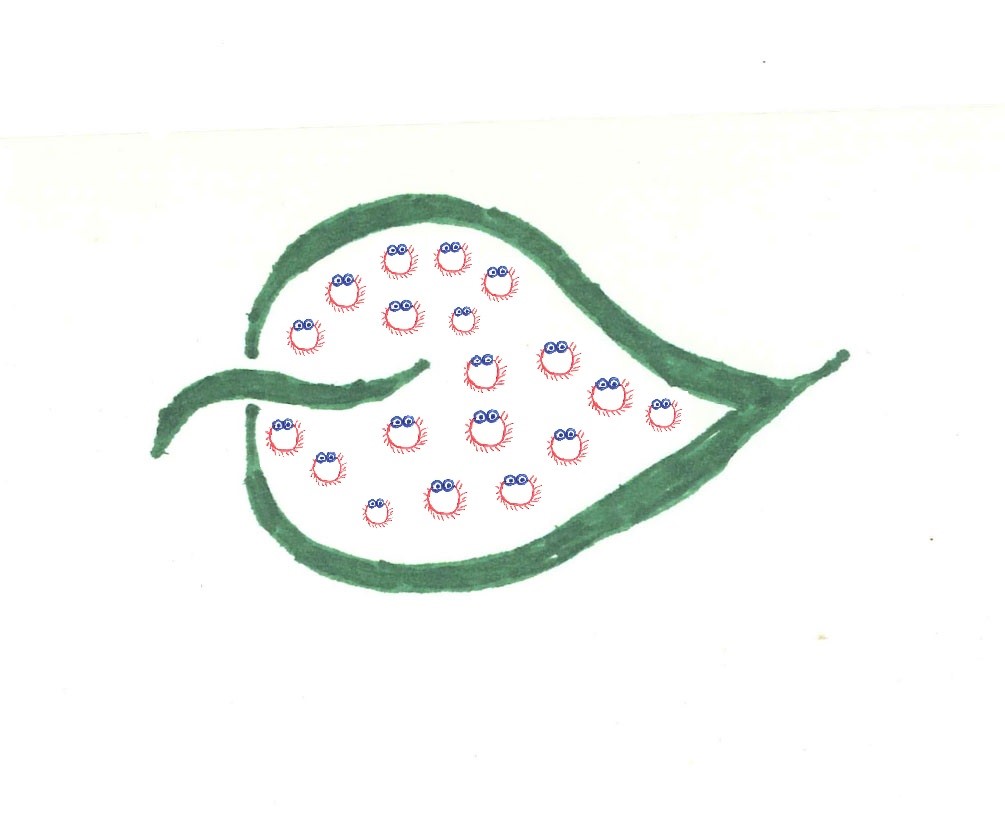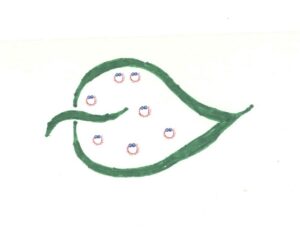When you have a cough, the sniffles, a fever, or just plain feel awful for a long enough amount of time, chances are you’ll be headed to the doctor’s office. Your doctor may prescribe antibiotics to kill the “germs” causing your symptoms. Recently, there has been increasing attention brought toward antibiotic resistant germs, or bacteria who aren’t killed by the chemical in the drug anymore. So even if you take the medicine, you stay sick! The bacteria has become resistant to the chemical.
How does an illness that you have relate to agronomy? Well, the same thing is happening to our crops. A plant can get a disease, too. And a “germ”, be it a bacteria or other critter, that attacks humans isn’t all that different from critters that attack plants. There are three basic areas I think of when it comes to chemical resistance in crops. They relate to three kinds of chemicals or pesticides we use to “treat” or kill pests that ruin our fields.
- Diseases, which many times are fungi and killed by fungicides
- Insects, killed by insecticides
- Weeds, killed by herbicides
There’s more information regarding chemical resistance than I could go into even if I wrote every week for a year, but I want to go over HOW a critter can become resistant to something that used to kill its predecessors. When you get sick, there are different kinds of critters that could be causing your illness. There are bacteria and viruses. Similarly, a plant can get “sick” from a bacteria or fungus. There are many different kinds of weeds—in fact, ANY kind of plant can be a weed if it’s growing somewhere we don’t want it! Different kinds of insects each plants. All of this diversity is great—but when we use the chemicals wrong, they can seem to gang up on us.
We know that, in science, nothing is 100%. That includes chemicals designed to kill critters that cause damage. When a disease causes problems, it’s because there are too many critters living on the plant that it can’t fight off or tolerate all of them using it for a resource. A drug or pesticide is designed to kill most of the disease, so the plant (or host) can live on.
Imagine a diseased area with lots of fungi “critters” on it:

After being treated with fungicide, most of the critters die, leaving only a few left:

You’ve heard the phrase, “What doesn’t kill you makes you stronger”? That’s true here! The remaining critters that survived the treatment “remember” that chemical, and pass this “memory” on to many of its next generation. The next time that fungus gets out of control…

….and we treat it with the same fungicide, more critters survive because their genetics “remembered” how to do it from last time.

If this happens too many times, we have critters that become resistant to the drug or chemical, so it doesn’t work to kill them anymore.
They are superbugs!!!

In a way, we’ve created our own problem.
Stay tuned for next time:
Chemical Resistance, Part Two: WHY?
